Having access to capital and cash flow is critical for any small business. One of the best ways for small business owners to ensure they have funds available when needed is to secure a business line of credit. A line of credit provides flexible access to capital that can be used for any business purpose. In this comprehensive guide, we’ll explain everything you need to know about small business Lines of credit.
What is a Business Line of Credit?
A business line of credit is a loan product offered by banks and other financial institutions that provides small businesses with revolving access to capital. With a line of credit, a business is approved to borrow up to a set amount, similar to a credit card. The key difference is that lines of credit are typically used for business purposes, not personal expenses.
The approved line of credit acts as a reserve that the business can access as needed. There is no requirement to take the full amount in one lump sum. Instead, the business can withdraw smaller amounts over time up to the credit limit. As money is paid back, those funds become available to access again. This flexibility makes lines of credit very useful for managing cash flow.
Also Read: The Ultimate Guide To Secured Business Credit Cards
Top Benefits of Securing a Line of Credit
There are many advantages to having a line of credit in place for your small business. Here are some of the top benefits:
1. Access Capital on Demand
The most significant advantage of a Business Line of Credit is the ability to access funds as needed. With a line of credit, there is no waiting for loan approvals each time capital is required. The business can immediately draw the amount needed up to the credit limit. This on-demand access to cash is extremely valuable for businesses with fluctuating capital requirements.
2. Maintain Cash Flow
Lines of credit allow flexibility in when and how much capital is accessed. This helps small businesses manage cash flow strategically. Capital can be accessed to cover short-term cash flow gaps or to take advantage of growth opportunities. Ongoing access to capital means the business always has funds available to cover costs and avoid falling behind on payments to vendors or suppliers.
3. Cover Emergency Costs
Unexpected expenses can quickly drain a small business’s capital reserves. Events like equipment breakdowns or changes in regulations often require immediate, unplanned expenditures. Having an established line of credit means the funds are available right when the business needs them most to deal with emergency costs. This security blanket helps small companies survive and recover from the unexpected.
4. Fund Growth Opportunities
For many small businesses, periods of sudden growth present as much risk as slow periods. Growth often means higher expenses to fund investments in inventory, equipment, marketing, staffing, etc. A line of credit provides the capital cushion small businesses need to take advantage of growth opportunities that come their way. The flexibility of credit lines allows businesses to act quickly when growth opportunities arise.
5. Avoid High-Interest Debt
Lines of credit typically have much lower interest rates compared to other financing options like credit cards or merchant cash advances. The lower rates help small businesses limit debt expenses. A line of credit can even be used to consolidate or refinance more expensive debt and improve the health of the business balance sheet.
6. Build a Business Credit Profile
Banks and other lenders review business Line credit reports and scores when evaluating loan applications. Having an established line of credit and making regular on-time payments helps demonstrate that your business is creditworthy. A strong credit profile makes it easier to secure financing in the future on better terms.
Also Read: PayPal Business Loans – Fast Financing for Your Business
How Do Business Lines of Credit Work?
Now that we’ve covered the major benefits, let’s look at how business lines of credit work and how to use them strategically.
Credit Limits
Each line of credit will have a maximum credit limit approved by the lender. This limit is determined based on the lender’s evaluation of the business’s financial strength. Lenders will review factors like time in business, annual revenue, profitability, existing debt obligations, and the owner’s credit profile.
The great aspect of lines of credit is that the business only pays interest on the amount accessed, not the entire credit limit. So there is no need to take on interest costs for funds that aren’t yet needed.
Draw Periods
Once approved, the business can access the line of credit at any point during the draw period, usually one year. The terms will specify if the draw period is renewable after the first year. Be sure to check if the lender charges any renewal fees.
Interest Rates
Lines of credit have variable interest rates rather than fixed rates. The initial interest rate will be set based on market rates at the time of approval and the lender’s assessment of the business’s credit risk profile. Rates can fluctuate over time as market conditions change.
Interest is only charged on outstanding balances, not on the entire credit limit. Paying down balances helps lower total interest costs. Interest charges are usually due monthly along with minimum payments, if required.
Repayment Terms
One of the risks associated with credit lines is getting accustomed to carrying debt month after month. Lenders may require interest-only payments during the draw period. Be sure to understand the repayment terms that kick in once the draw period ends.
Many lines of credit automatically convert to term loans that must be fully repaid over a set period, usually less than five years. Other lines of credit have renewable draw periods but may adjust the credit limit or interest rate. Don’t get caught unprepared for higher monthly payments.
Security Requirements
Some lines of credit require collateral like commercial real estate or equipment to secure the loan. Other lenders may only require a personal guarantee from the business owner. Unsecured lines of credit are ideal but typically have lower credit limits and higher rates.
Best Practices for Using a Business Lines of Credit
Now that you understand how lines of credit work, let’s discuss some smart strategies for leveraging them effectively:
Take Only What You Need
Avoid tapping the entire credit line without a justified business need. Remember that interest charges apply to outstanding balances. Consider making partial draws over time rather than maxing out the credit limit upfront.
Pay Down Balances Regularly
Work to pay down balances consistently, even during the draw period. Paying interest costs on a lower balance will save money over the long run. Get ahead by making larger payments whenever possible.
Link to Checking Account
Link the credit line to business checking so that funds can be easily transferred as needed to cover short-term cash shortfalls. Just be careful to transfer money over only when truly needed.
Use for Short-Term Needs
Credit lines work best for covering near-term capital needs of 1-3 months. Use them strategically for short-term needs to bridge gaps in cash flow. Avoid becoming reliant on credit for long-term capital needs.
Fund Growth Mindfully
When using credit lines to fund growth, focus first on opportunities with the fastest ROI and be conservative with forecasts. Avoid overextending credit balances on speculative growth initiatives.
Watch for Rate Hike Risks
Be aware that rate hikes could increase your variable interest costs over time. Monitor potential rate changes so that you can factor increased interest expenses into cash flow planning.
Have a Repayment Plan
Even during the draw period, always keep a plan for repaying outstanding balances before repayment terms convert to a term loan. Don’t let credit lines turn into long-term debt.
Where to Get a Business Line of Credit
Now that you know the benefits of lines of credit and how to use them strategically, let’s discuss where small businesses can secure them. Here are some options to consider:
Banks
The most traditional option is to talk to banks where you have business checking or savings accounts. Having an existing relationship can help, but also shop rates from multiple banks. Smaller community banks are often more flexible than large banks for small business lines of credit.
Online Lenders
Many online lenders like Kabbage, Fundbox, and BlueVine specialize in lines of credit and alternative lending for small businesses. They provide faster, digital applications and approvals but charge higher interest rates.
SBA Loans
The U.S. Small Business Administration guarantees lines of credit up to $5 million under the SBA Express loan program. These loans are offered through approved SBA lenders and have lower rates/fees than alternative lenders.
Credit Unions
Local credit unions can also be an option for secured and unsecured Business Lines of Credit. Interest rates at credit unions are often lower than traditional banks.
Peer-to-Peer Lending
Newer platforms like LendingClub and Prosper offer peer business lending. Individual and institutional investors provide the capital for lines of credit to small businesses.
5 Tips for Getting Approved
As a small business owner, here are some important tips to improve your chances of getting approved for a business line of credit:
1. Maintain a High Credit Score
Lenders will thoroughly evaluate your credit profile. Ensure your credit record is strong by monitoring your credit reports and paying all bills on time.
2. Separate Personal and Business Accounts
Keep business financial records completely separate from personal finances. Mixing personal and business expenses can raise red flags.
3. Build Time in Business
Lenders prefer extending credit
Conclusion
A Business Lines of Credit is an invaluable tool for any small business owner to have ready access to capital. With a line of credit, funds can be accessed as needed to cover short-term cash flow gaps, take advantage of growth opportunities, and manage unexpected costs.
When used strategically, lines of credit provide business owners with the flexibility and security to run their company without constant concerns over cash flow. They can focus on operating sustainably and pursuing smart growth, knowing capital is available.
With proper planning and discipline, lines of credit allow entrepreneurs to build their business credit profile and set their company up for long-term success. But lines of credit must be used mindfully as part of an overall financial plan. Avoid becoming over-reliant on credit balances and leverage alternative options like 5 Star Processing when appropriate for securing the capital your business needs.
As a leading payment processing platform, 5 Star Processing enables small businesses to accept all types of online payments securely. They provide fast approval times, transparent pricing, dedicated account management, and top-rated customer service. Businesses can count on Five Star Processing for safe, reliable payment processing that takes the hassle out of getting paid.







